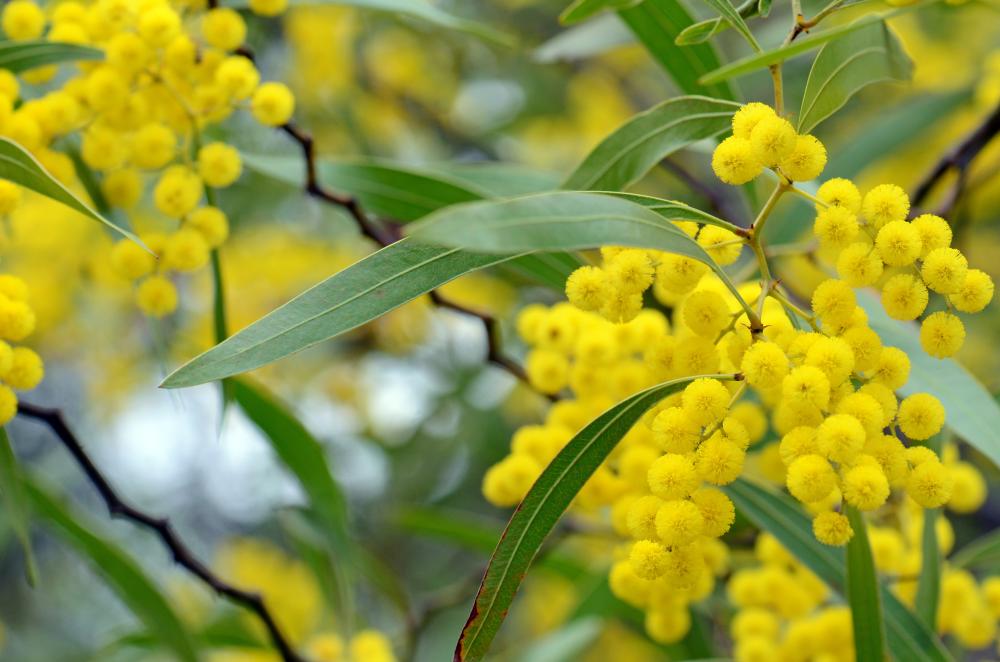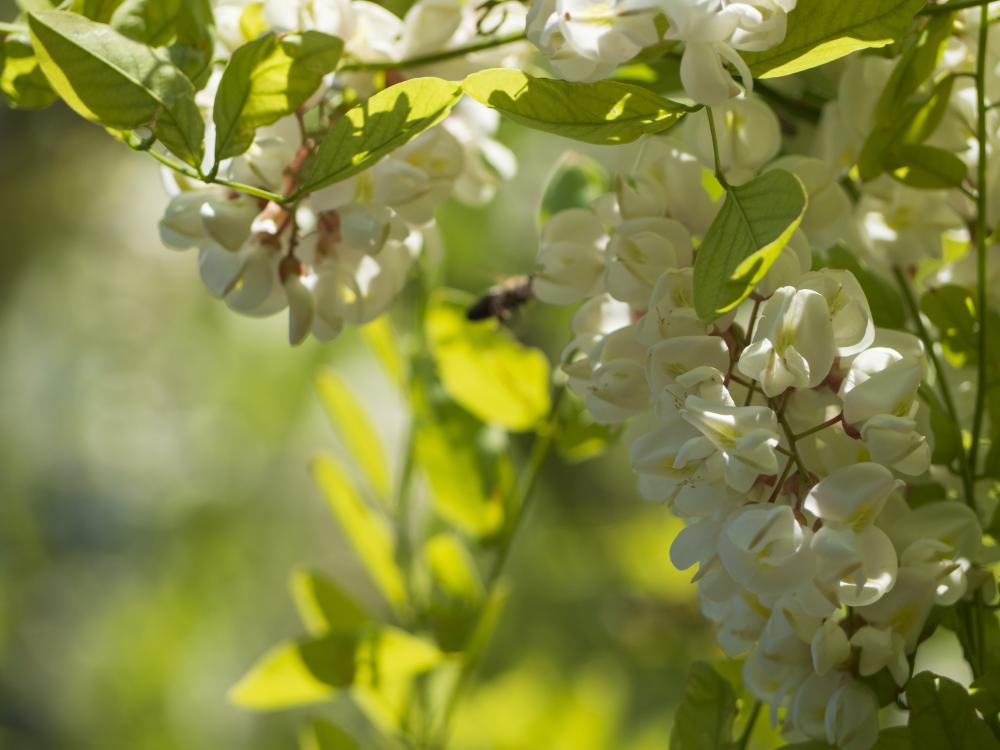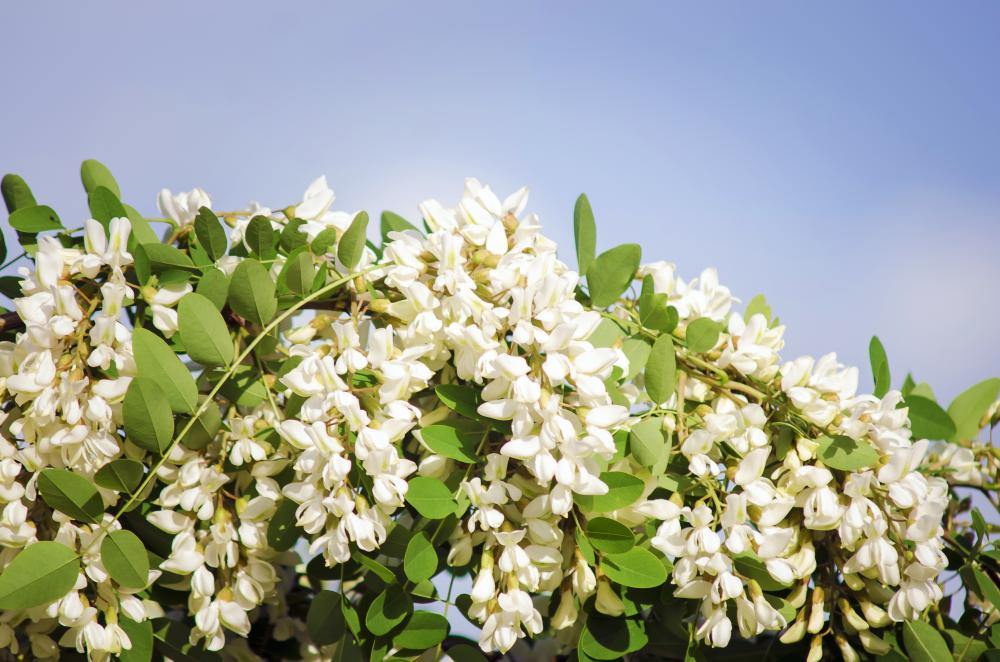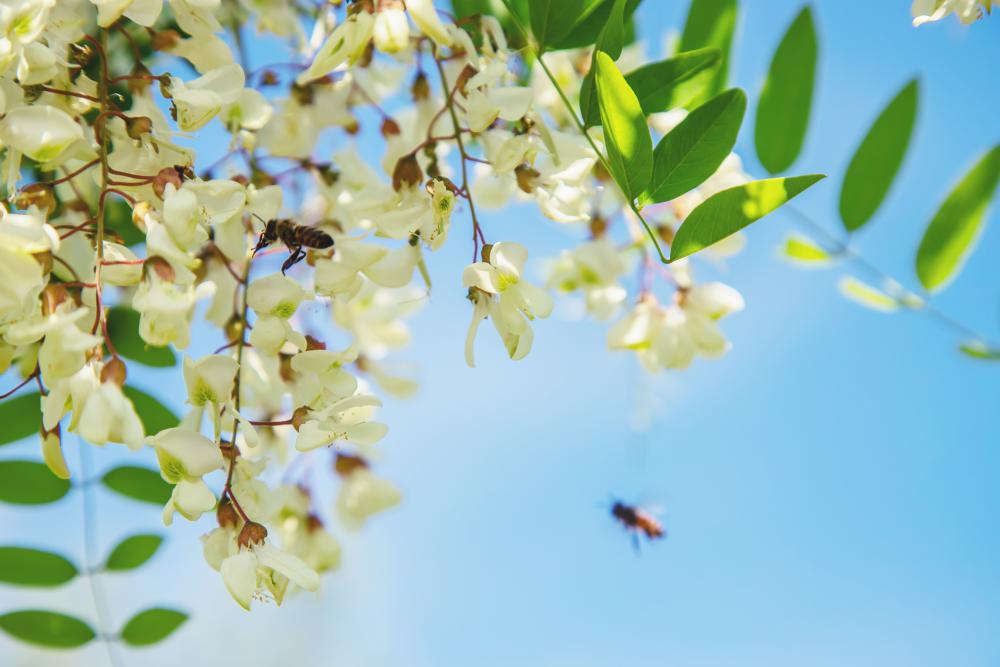Acacia Growing Problems And How To Solve Them
The acacia tree decorates roads, gardens, and public parks in five of the seven continents. So what’s the secret to its popularity? It could be the widespread canopy, the lush foliage, and the cheerful flowers that create a soft carpet around the tree trunk. Or maybe it’s because this is a low-maintenance tree and once established, it requires little to no care.
With all of that in mind, it’s no wonder that many landscapes choose the acacia as the centerpiece of the whole design. That’s all good of course. Until the tree runs into the usual acacia growing problems. Then you scratch your head and wonder if the tree is doomed or there’s something you could do to fix it and return the tree to its former glory.
Read on to find out more about these acacia growing problems and how to fix them.
Acacia Bark Dripping Sticky Sap
One of the most recurring acacia growing problems is when the bark splits open and sticky sap (gummosis) starts dripping from the cracks. It’s not a beautiful sight. And apart from the sap attracting pathogens and fungus spores that infect the tree, having sap coming out of the tree ruins the ornamental properties of the tree and put a dent in your landscape.
So what causes this problem? Sometimes it’s the result of human error. When you overwater the acacia during the peak of the summer heat. But sometimes, nature causes this catastrophic bark splitting when it rains in the middle of a hot day. The tree roots absorb the moisture at great speed. The moisture combined with the heat creates a lot of pressure inside the trunk. This causes the bark to bulge out then split open. Then the sticky sap oozes leaving the tree vulnerable to all types of fungal and bacterial infections.
How to Fix It
To prevent the precious bark of the acacia from cracking open, you need to adjust your watering patterns and the time and manner you water the tree. Even an established acacia is prone to this problem. Here are a few ways to fix the sticky sap dripping from the bark and prevent it from happening.
- If you expect rainfall, don’t water the tree. This will prevent the pressure buildup inside the trunk from reaching a breaking point.
- Wash off the oozing sap with a hose to prevent bacteria from festering around the crack in the bark and infecting the tree.
- When watering the tree on hot days, give the tree the water in the early morning and never at noon or in the afternoon.
- During rainy days, cover the ground all the way to the tree line with a thick layer of mulch. Remove the mulch after the rain stops to prevent the excess moisture from reaching the soil.
Acacia Seedling Blight
If you start your acacia from seeds then first let me congratulate you on your patience and perseverance. Secondly, you need to keep a close eye on those acacia seedlings since they’re quite vulnerable and are prone to acacia seedling blight. What is acacia seedling blight?
It’s a fungal disease that infects the saplings and seedlings during the first few weeks of their life on earth. Even before the saplings have had time to build their root system, the Calonectria fungus attacks the saplings and causes collar rot. This is the same fungus responsible for the same disease among papayas.
You’ll notice some orange growth on the base of the saplings near the soil line. This lethal collar is literally choking the seedling and within a few days the infected plant will die out. But that’s not the end of the story of the fungus. Those orange nodes will then explode spreading an orange mist of spores that infect other plants in the vicinity and start the whole lethal cycle all over again.
How to Fix It
One of the main causes of acacia seedling blight is using contaminated seeds. And even though the fungus infects the seedlings, it can still attack a young tree less than one-year-old. The symptoms of the infection include black spots on the leaves, wilting branches, and falling leaves. Here are a few steps to take to prevent this fungal infection.
- Don’t get your acacia seeds from uncertified sellers. Also borrowing seeds from neighbors or friends is not a good way to avoid acacia seedling blight.
- Improve air circulation around the saplings and start the seeds in a sunny spot.
- Turn the top 12 inches of the soil and let it rest under the sun for at least a week before planting the seeds.
- If you start the acacia from a sapling, buy the saplings from the local nursery as opposed to online sellers.
- If acacia saplings near your garden are infected, skip that year and plant the acacia seeds the next year.
- In cases of heavy infestations in your area, pull out your acacia saplings and dispose of them even if they’re not infected. The fungus spores are spread by air.
Acacia Winter Care
As a warm-climate tree, the acacia struggles in cold winters especially when the threat of frost is frequent. And while the established tree will brave the winter and survive it unscathed, a young tree with underdeveloped roots could perish during the cold months.
Another factor to consider is the zone you live in. An occasional cold spell during a usually mild winter might have little impact on the young acacia. However, if you live in a cold zone, then you’ll need to plant an acacia variety with higher cold tolerance. The two best cold-tolerant acacias for cold zones are Prairie Acacia for zones 6 to 10 and Acacia Winter Flame for zones 4 to 8. But even then, you still need to prepare the tree for the coming winter.
How to Fix It
While there’s not much you can do about the weather conditions in the zone you live in, you can still do a lot to protect the acacia tree from the onslaught of harsh winter conditions and ensure it survives to live for another year. Here are some of the steps to follow to prepare the acacia for the winter.
- If you live in a cold zone below 6, you can grow acacia indoors. Choose a small variety that you can accommodate inside your house and plant it in a large container. Caring for the potted acacia is the same as the one growing in your garden.
- In mild to cold zones where the winter can get exceptionally cold sometimes, you should plant the acacia in a sheltered spot such as near a wall facing the south.
- Before the first frost, cover the ground around the trunk with a thick layer of mulch. You can use dry leaves, pine needles, straw, or chipped wood to protect the roots from freezing over as the soil temperature drops.
- Hold off fertilizing the tree from mid-summer. Any new shoots that emerge in the late summer will not survive the winter.
- Cut back the canopy of the acacia and remove any damaged or broken branches.
- Plant acacia varieties that are more suitable for your zone, especially those with higher cold tolerance.
Trimming the Acacia Tree
Whether you live in a warm zone or a cold one, pruning the acacia tree is an essential part of the annual care. Not only will regular pruning keep the tree in good shape. It also strengthens the branches and triggers healthy growth. Without your diligent trimming, the acacia would branch out at the trunk level and grow thin and fragile branches. Eventually, the tree will look stunted and have the shape and size of an overgrown shrub.
Of course, pruning the acacia is easier said than done. For one thing, the tree once established can grow to 20 feet tall making it beyond your reach. So even with the help of loppers, you might find it hard to get to the top branches or those inner branches. Another challenge stems from the sharp thorns that cover the branches. These thorns can cause nasty wounds and you need to watch out every time you go near the tree
How to Fix It
Unlike other trees in your garden, trimming the acacia needs some precautions. You need to protect yourself while also avoiding making costly mistakes that could change the shape of the tree forever. Here are a few tips to keep in mind.
- Start pruning the acacia from the first year. Your goal is to prevent the trunk from branching out and maintain a single trunk for the tree.
- The young acacia will have one central leader branch and a few lateral ones. The leader branch will be the trunk. So in the early spring, trim off the other lateral branches.
- For the next couple of years, repeat the same process. Cut off any lateral branches in the lower third of the central leader. Any branches growing in the middle of the leader branch can be shortened.
- In the fourth year, the tree should have a single trunk. Trim off broken or diseased branches as you would with any other tree.
- If you prefer your acacia tree to be compact with the same height as a shrub, cut off the top of the leader branch and encourage lateral growth.
Acacia Stem Cankers
Cankers on the acacia tree are like wounds on an animal. If the skin is cut, that allows bacteria and viruses to enter into the body and causes infections. The same applies to the acacia tree bark. When pieces of the bark are stripped off the trunk, they invite pathogens to reach the trunk and cause different diseases. Cankers take advantage of this bare spot on the acacia and develop. Then they grow and join together creating large infected areas.
If the canker reaches a part of the tree that feeds a whole section of the canopy, then that part is in danger. The symptoms vary from yellowing leaves to wilting branches and eventually a whole part of the canopy will fall.
More importantly, an infected acacia that suffers from stem cankers can spread the fungus to other trees and plants in the vicinity. So treating the infection as soon as you notice the first symptoms is crucial for the survival of the acacia tree and the other plants in the garden.
How to Fix It
Unfortunately, acacia stem cankers are not easy to treat. There are no cures and once the cankers infect the tree, the best option is to cut down the tree and dispose of it before it spreads the disease.
That said, you need to plant acacia varieties suitable for if not native to the zone you live in. Imported acacias are more prone to infections as they struggle with the different weather and growing conditions.
Also, choose an acacia variety that is more resistant to stem cankers. And avoid putting the tree under stress. Always provide it with the right watering, feeding, and mulching.



